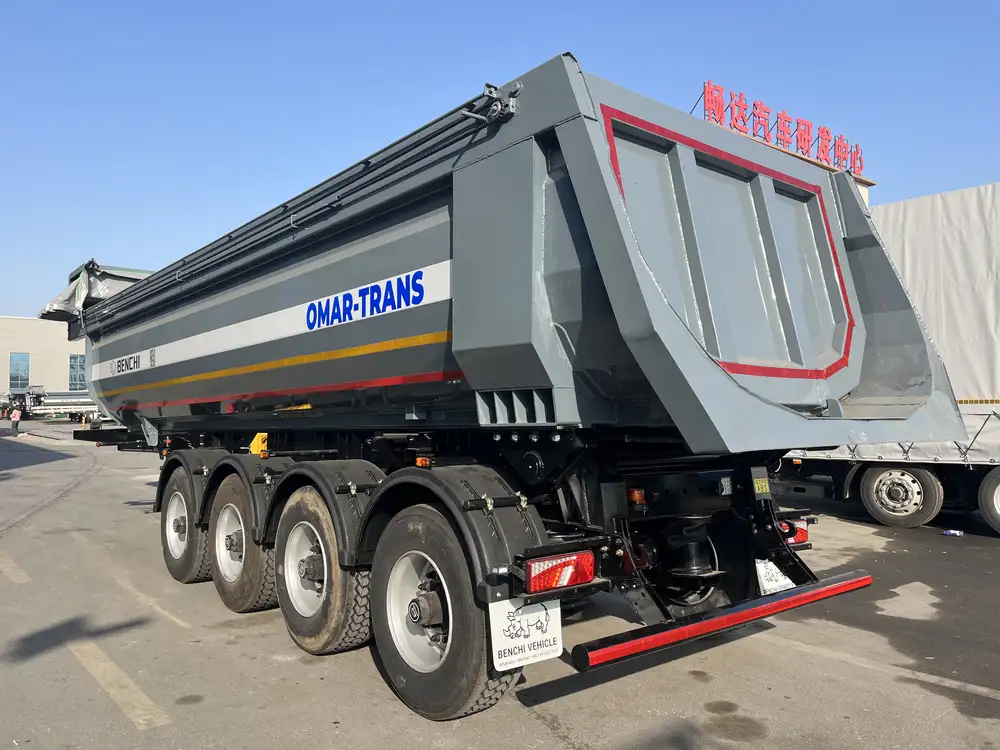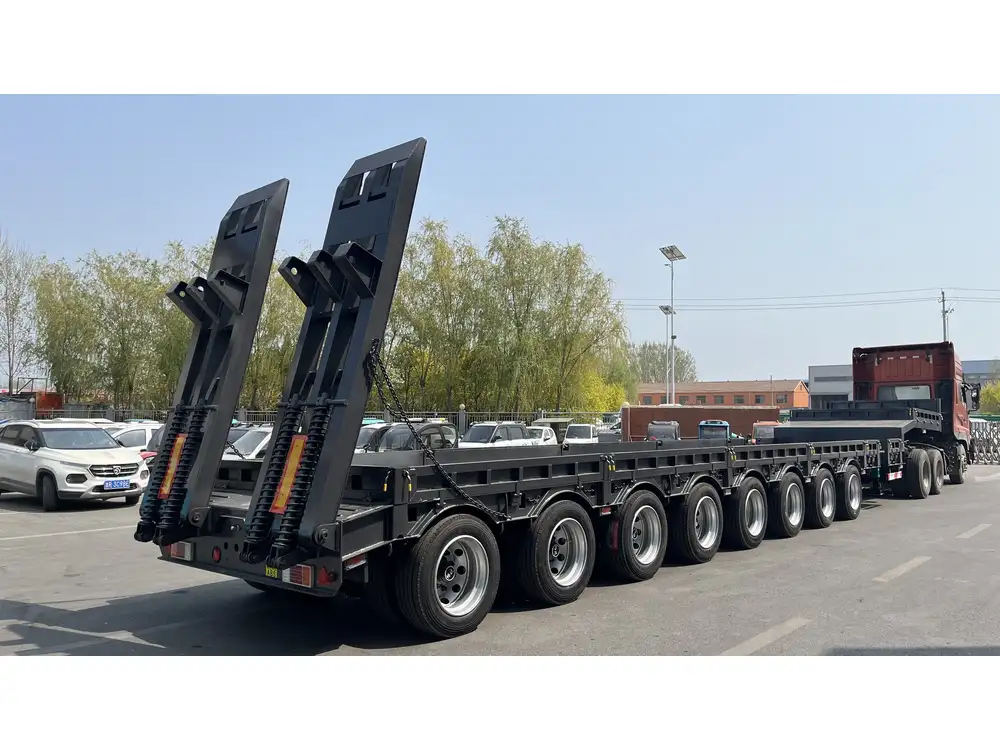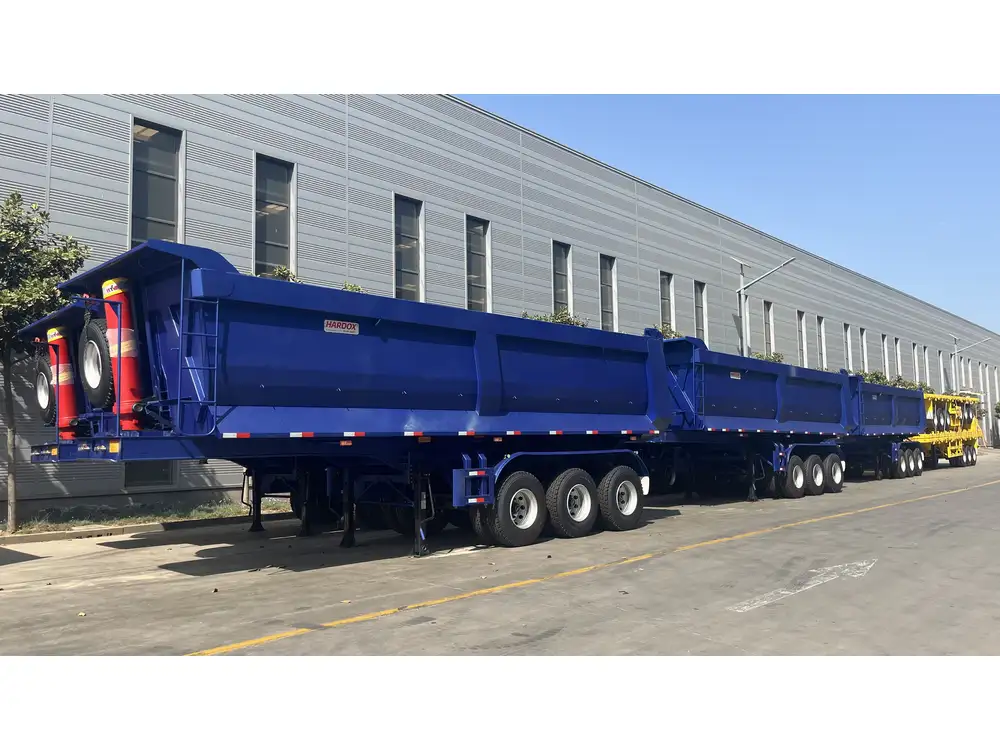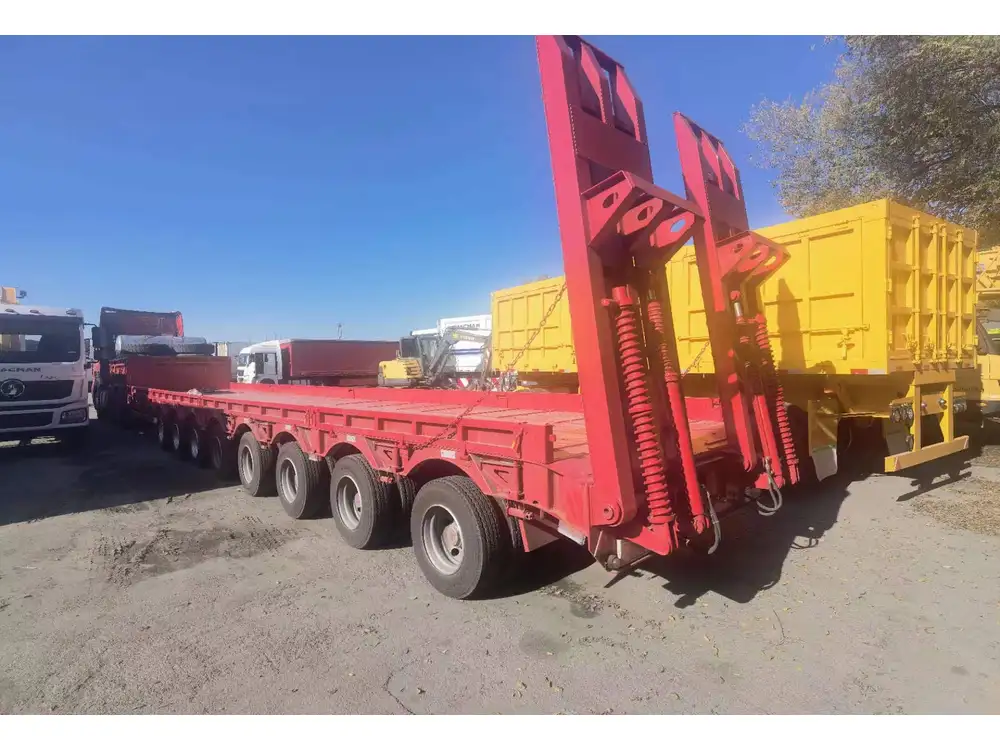Transporting a vehicle on a flatbed trailer can feel intimidating at first. However, securing it correctly is vital for both the safety of the vehicle and the trailer itself. This guide will take you through detailed steps, best practices, and crucial considerations for effectively securing a car on a flatbed trailer.
Understanding the Importance of Securing Cars
Securing a car on a flatbed trailer is not merely a precaution; it’s an essential practice to prevent damage, accidents, and losses during transportation. A stable load ensures road safety, minimizes the risk of shifting or falling cargo, and protects your investment in the vehicle.
Factors to Consider Before Securing Your Vehicle
Before we dive into the step-by-step process of securing a car on a flatbed trailer, several key aspects must be addressed:
- Type of Trailer: Ensure that the flatbed trailer is designed for vehicle transport. Some trailers lack adequate tie-down points or are not rated for specific vehicle weights.
- Weight Distribution: Loading a vehicle unevenly can lead to trailer instability. Proper weight distribution safeguards both the car being transported and the towing vehicle.
- Weather Conditions: Be mindful of adverse weather conditions; they can affect how effectively you can secure your vehicle and how it behaves during transport.
- Local Regulations: Different regions have varying laws regarding vehicle transporting, including how they must be secured. Ensure compliance with these statutes.

The Essential Tools and Equipment
To properly secure a vehicle on a flatbed trailer, you will need specific tools and equipment. Here’s a list of the fundamental items:
| Item | Purpose |
|---|---|
| Ratchet Straps | To secure the vehicle tightly to the trailer. |
| Wheel Chocks | To prevent rolling or shifting. |
| Tow Straps or Chains | For added security on heavier vehicles. |
| Deck Plates | To distribute weight and provide additional support. |
| Personal Protective Equipment (PPE) | To protect yourself during the loading process. |
Step-by-Step Guide to Securing a Car on a Flatbed Trailer
Step 1: Positioning the Vehicle
Align the Car Properly
Drive the vehicle onto the trailer slowly and align it so that it is centered.
- Check Clearance: Ensure that there is enough space above and around the vehicle to load and secure it without obstruction.
- Monitor Weight Distribution: The vehicle’s weight should be centered over the axles of the trailer for optimal balance.

Step 2: Engage the Parking Brake
Before you begin securing the vehicle, keep it stationary by engaging the parking brake. This is a crucial step to prevent any movement during the securing process.
Step 3: Use Wheel Chocks
Place wheel chocks in front of and behind the tires on the trailer to further eliminate potential movement.
- Choose the Right Size: Ensure that the chocks are appropriate for the size and type of the tires.
- Placement: Position the chocks in a way that they effectively lock the tires in place.
Step 4: Choose the Right Tie-Down System
Selecting the appropriate tie-down system is paramount. Depending on the vehicle’s size and weight, you may need:
- Ratchet Straps: Ideal for standard vehicles. Use at least four straps – one for each corner of the car.
- Tow Straps or Chains: Necessary for heavier vehicles, such as trucks or SUVs. They offer additional security and durability.

Step 5: Secure the Front of the Vehicle
- Attach Straps to Secure Points: Locate the secure points on your vehicle, typically found on the frame or suspension points.
- Run Straps to the Trailer: Position the ends of the straps over the flatbed trailer’s side rails or anchor points.
- Tighten Ratchet Straps: Use a ratchet mechanism to tighten the straps, making sure they are snug but not overly tightened, which could cause damage to the vehicle.
Step 6: Secure the Rear of the Vehicle
Repeat the same process for the rear of the vehicle. Attach the straps carefully, ensuring they are routed correctly to prevent interference with the vehicle’s movement or chassis.
- Locate Rear Secure Points: Typically, these will mirror the secure points found on the front of the vehicle.
- Tighten Without Overdoing It: Just as with the front, ensure the rear straps are snug but do not trap the car’s components.
Step 7: Double-Check Everything
Before hitting the road, conduct a meticulous inspection:
- Inspect Straps: Ensure all straps are tight and secure, without any twists or tangles.
- Confirm Weight Distribution: Make sure the trailer is still balanced.
- Check Chocks: Ensure that wheel chocks are still in place and effective.

Step 8: Monitor During Transport
Once on the road, it’s essential to monitor the vehicle’s security, especially during the initial minutes.
- Frequent Checks: Stop at regular intervals to check the tension of the straps and the positioning of the chocks. This is crucial after encountering obstacles or turns.
Troubleshooting Common Issues
Even with careful planning and execution, issues can arise. Here are some potential problems and their solutions:
| Problem | Solution |
|---|---|
| Straps Coming Loose | Re-tighten the straps during breaks. |
| Vehicle Shifting on the Trailer | Adjust the positioning and re-secure. |
| Uneven Weight Distribution | Shift the vehicle’s position as needed. |
| Weather Complications (e.g., rain) | Use additional measures like rubber non-slip pads. |
Conclusion
Securing a car on a flatbed trailer requires meticulous attention to detail and proper execution of safety protocols. By following these comprehensive steps, considering crucial aspects, and preparing adequately, you can ensure that your vehicle arrives at its destination without incident. Always prioritize safety and compliance with local regulations to protect your vehicle and adhere to best practices in transport.

Frequently Asked Questions (FAQs)
What should I do if I don’t have enough tie-downs?
It’s always recommended to use at least four tie-downs. If you only have two, it may not be safe to transport the vehicle.Can I secure the vehicle by using just one tie-down?
Securing a vehicle with just one tie-down is highly discouraged, as it poses serious risks of instability during transit.Is it necessary to cover the vehicle?
While it is not a requirement, using a tarp can protect the vehicle from the elements, dust, and potential road debris.How much weight can a flatbed trailer hold?
This varies based on the specifications of the trailer. Always verify the trailer’s weight rating prior to loading.Are there specific straps recommended for certain vehicles?
Yes, different vehicles may require specific types of straps. Check the manufacturer’s guidance to ensure proper selection for weight and size.
By adhering to this structured approach to securing your vehicle on a flatbed trailer, you can confidently transport cars while minimizing risks and ensuring a safe journey.



